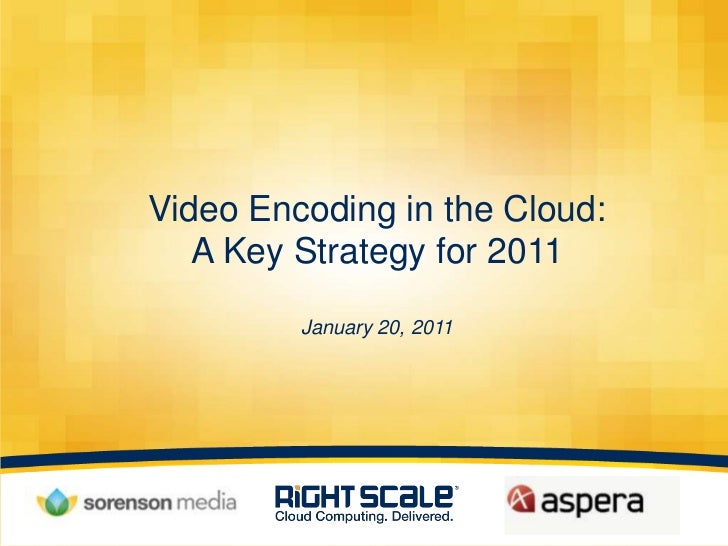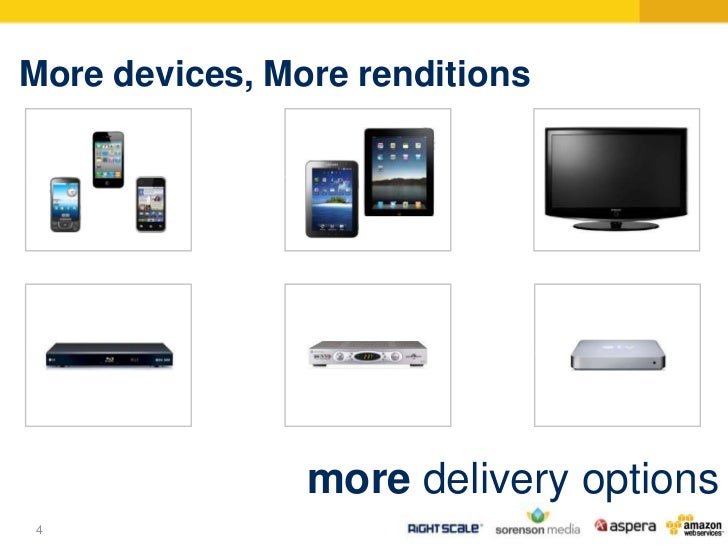

When it comes to live streaming, transcoding is also critical. While it’s similar to the HTTP Live Streaming (HLS) protocol in many ways, MPEG-DASH is compatible with nearly any video content format beyond just H.264. This protocol is the first adaptive bitrate solution to become an international standard because it’s vendor-independent and codec-agnostic. That means ABS can greatly reduce buffering and optimize the playback experience for viewers using transcoding, segmenting, an adaptive bitrate selection algorithm, and other techniques.ĪBS has been made possible by cutting-edge streaming protocols like MPEG-DASH (MPEG Dynamic Adaptive Streaming of HTTP). While video compatibility is crucial, the most common use case for cloud transcoding is Adaptive Bitrate Streaming (ABS). Many streamers offer multi-bitrate streaming by providing viewers several different bitrates to choose from, but ABS takes this a step further by adjusting the bitrate in real-time based on the viewer’s Internet bandwidth and the processing power of their device.

Some broadcasters choose codecs like H.266, AV1, and VP9, but the most widely supported by both video players and devices are H.264 or MPEG-2. Cloud transcoding can take nearly any video file and convert it using a number of new and legacy codecs to ensure compatibility. When a video is first recorded by cameras, it’s encoded using a codec that may or may not be suitable for playback, depending on the device. This approach allows broadcasters and streamers to ensure compatibility for audiences that view video content from numerous devices and with varying network conditions.Īs more viewers stream from a wide range of devices like laptops, smartphones, tablets, Smart TVs, and more, compatibility has become challenging for many broadcasters.

More specifically, transcoding means creating new files in different sizes, resolutions, and bitrates from a single encoded video file. Cloud transcoding is the process of converting a video file into additional formats entirely in the cloud.


 0 kommentar(er)
0 kommentar(er)
